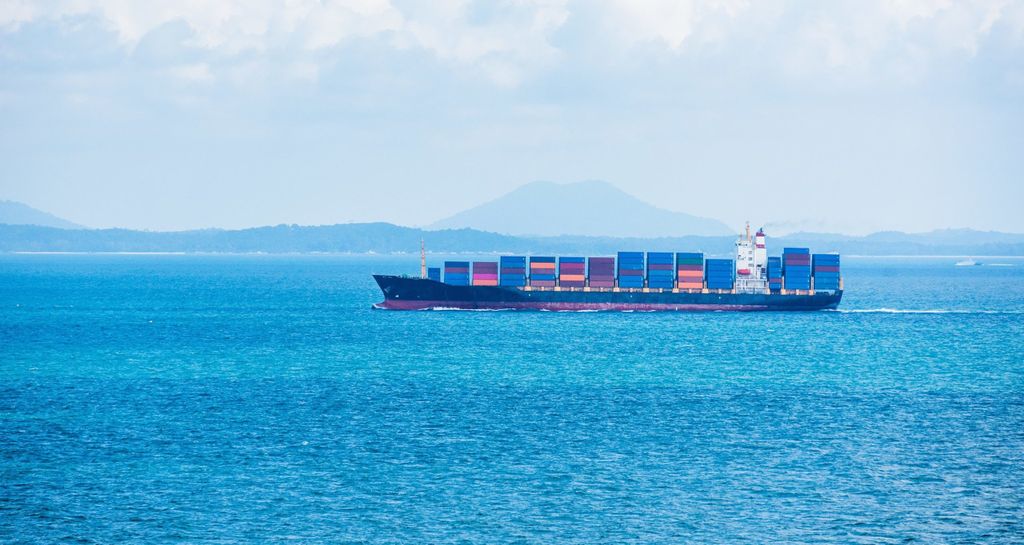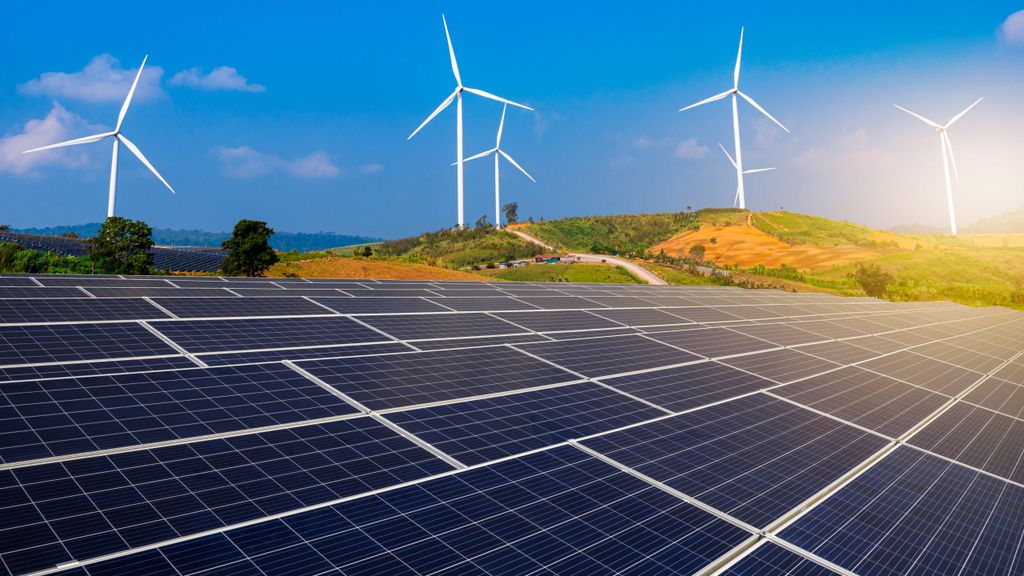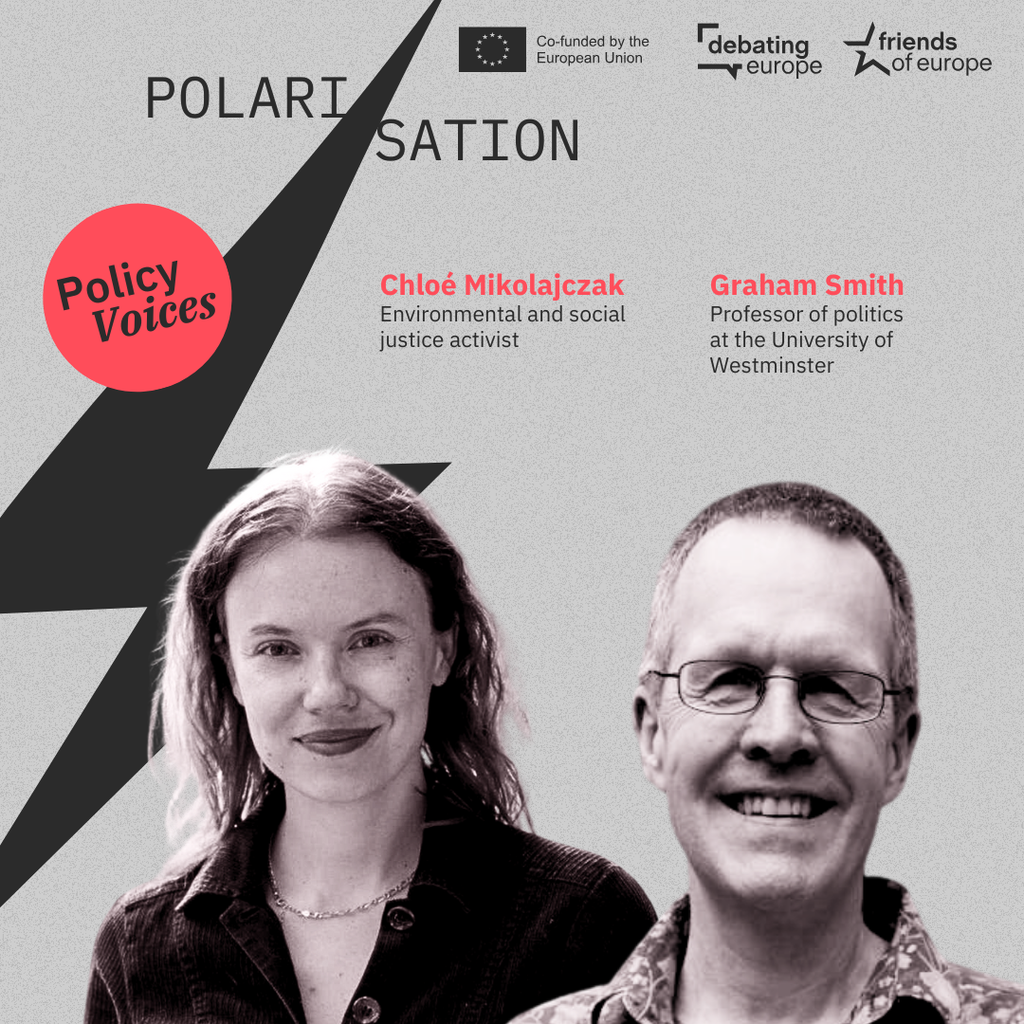Climate and Energy Summit 2025
Next event In person & livestreamed

- Area of Expertise
- Climate, Energy & Natural Resources

Julia Reinaud is Director of research programmes and partnerships at the Industrial Innovation for Competitiveness initiate
Donald Trump’s decision to withdraw the United States from the Paris agreement on climate change provided the backdrop for the 8th Clean Energy Ministerial (CEM), held this year in Beijing.
The summit saw China stepping closer to a global leadership role on climate action, joining forces with the European Union and 24 ministers from around the world to reaffirm its commitment to the climate accords. China also played host to the second Mission Innovation (MI) forum, held in June 2017: a group of 22 countries and the European Commission, all of whom have agreed to double their clean energy research and development budgets over five years.
It is good news that these two summits will continue to be hosted together, as this improves the prospects of them linking up their processes to cover the entire innovation value chain, from upstream research (MI) to market uptake (CEM), in a consistent and streamlined way. MI is essentially driven by public sector investment and hopes to engage the private sector on ‘upstream’ innovation (such as in labs and demonstration sites). CEM, meanwhile, aims to get innovations ‘into the field’.
Europe has its strengths in industrial innovation
After the summit, the EU’s Competitiveness Council had just called on the Commission to develop a full industrial strategy. The strategy is to be presented to heads of government in Spring 2018. This is a good idea.
Over the years working in innovation and energy policy, I have become convinced that what we call ‘mission-driven innovation’ is only possible with clear strategic leadership and tangible goals. And this is what is missing in the EU at the moment.
Europe has its strengths in industrial innovation: it has one of best educated workforces in the world; European organisations have been responsible for around a fifth of all clean-tech-related patents in the last fifteen years (the largest share in the world); the EU’s research and development programmes, like Horizon 2020, are some of the best publicly-funded schemes in the world; Europe has an enviable record of setting global regulatory standards.
But we have to admit that there are weaknesses too. Europe may still be the largest global investor in renewable energy but investment levels are now falling. And the ‘deployment deficit’ continues to be an issue: there is no shortage of ideas but too many innovations get caught in the ‘valley of death’, never reaching deployment or even demonstration at scale. on, for example,Industrial carbon capture and storage is a good example here. Partly because of this, Europe now finds itself under increasing competition from other global regions, many of which are now very active members of both the CEM and MI.
To take an example, 50,000 European jobs in renewable energy mainly in solar power were lost in 2014 alone. This is partly down to local deployment rates for solar and wind technologies still being too slow. For nearly a decade, Europe has been a net importer of solar components, mainly from China. And 2015 was the first year that a European company was beaten to the top spot on the global table for wind energy deployment by capacity, with Chinese manufacturer Goldwind overtaking Vestas. Volkswagen, BMW and Renault’s market share in the global electric vehicle market may be strong for now, but they are vulnerable to slower vehicle sales in their home markets compared with global rates. Again, this is connected to the limited roll-out of European charging infrastructure.
If we can get the next steps right, we could unleash another wave of home-grown, low-carbon innovation
So, what should the Commission’s next steps be in creating an Entrepreneurial Union? The first must be mapping the ‘innovation landscape’ in Europe. Where do the most promising technologies stand in the innovation and investment cycle, and which EU policies currently exist to support them? After that, we need to understand the bottlenecks, much better the bottlenecksin order to prescribe specific remedies.
A recent study I was involved in tried to do this for the Energy Union, examining 11 low-carbon technologies, from hydrogen fuels to smart distribution grids, and found that only two (onshore wind and biomass) were benefitting from strong EU leadership at deployment stage.
Next year the MI summit will take place in Europe, alongside the European Clean Energy Industrial Competitiveness Forum. These two events can help kick-start discussions on what needs to be done more strategically, and how the EU can support leading clean energy companies and actors. MI will be a good chance to showcase the progress that has been made in setting up European investment platforms (involving national, regional and local authorities, entrepreneurs, project managers, innovators, investors, companies, research centres and universities) with the aim of covering the entire innovation value chain, from upstream research to market uptake.
Likewise, Horizon 2020 could become an essential catalyst for mission-oriented industrial innovation. And this, in turn, plays should informinto the design of the forthcoming EU innovation programme under the next Multiannual Financial Framework.
If we can get these next steps right, we could unleash another wave of home-grown, low-carbon innovation. An exciting prospect, no doubt.
Next event In person & livestreamed

Past event In person & livestreamed

Past event In person & livestreamed

Past event In person & Livestreamed





Stay informed
We use cookies and similar technologies to adjust your preferences, analyze traffic and measure the effectiveness of our campaigns. Learn more about our privacy policy.